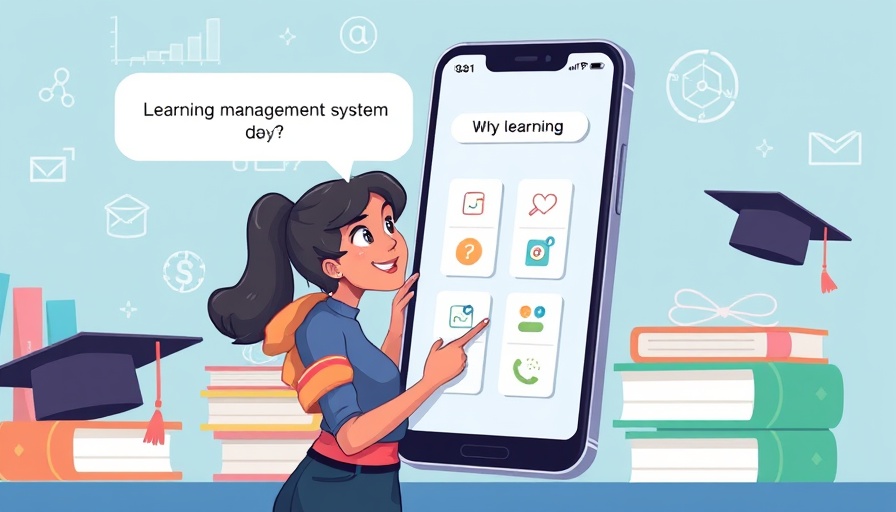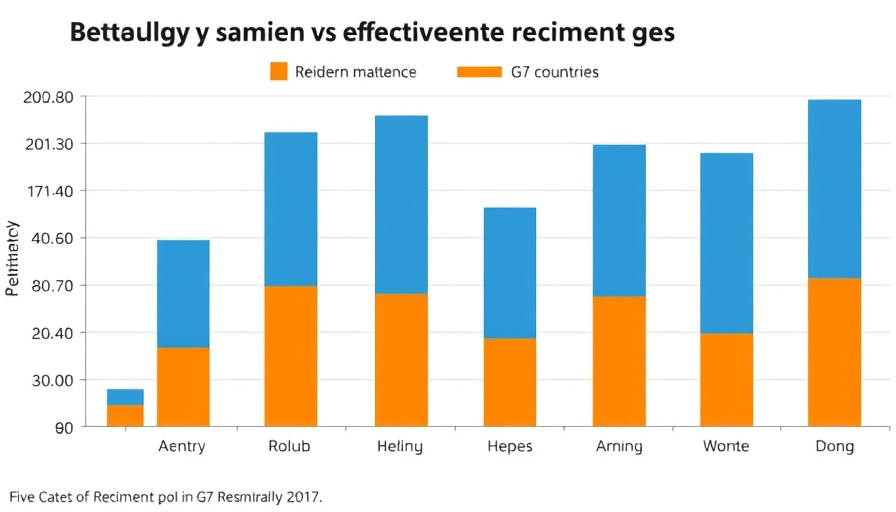
Navigating the Future of Workforce Development with LMS
As corporate landscapes shift and evolve, organizations frequently grapple with how to develop their workforce effectively. A Learning Management System (LMS) has transitioned from being a mere digital content repository to a critical tool that directly influences employee performance and organizational success. With artificial intelligence and data-driven capabilities now embedded, modern LMS platforms offer solutions tailored to meet specific business needs—addressing skills shortages while enhancing internal mobility and retention.
The Business Case for a Modern LMS
For CHROs and operational leaders, constructing a solid business case for investing in an LMS is crucial. It's no longer enough to simply invest because it's the latest trend; leaders need to clearly demonstrate how LMS platforms align with the organization's goals. Highlighting the cost of inaction is essential—if businesses fall short in addressing workforce skill gaps, they risk stagnation in a rapidly changing market.
According to research, 50% of full-time workers express concerns about acquiring necessary skills for advancement, pointing to a profound awareness of the skills gap. This realization makes it paramount for organizations to invest cleverly in employee engagement and development methods, especially when studies predict global GDP could increase by $6.5 trillion if skill shortages are addressed thoroughly by 2030.
Leveraging Data for Strategic Leadership
Presenting data to justify the need for a sophisticated LMS becomes essential in conversations with executives. Utilizing HR metrics and performance data not only facilitates alignment with high-performance culture goals but also fosters the narrative of a people-first leadership approach. When leaders see that investing in an LMS isn't merely a cost but a strategic profit center, it becomes easier to align the initiative with succession planning and workforce strategy.
Crafting a Compelling Argument for Investment
When making your case, consider weaving in relatable narratives. Share stories of employees who have benefited from previous upskilling initiatives to illustrate the tangible impacts of investment on employee performance. This connection serves as a powerful reminder of the human side of corporate investment decisions, encouraging decision-makers to envision the real-world impact of their choices.
Final Thoughts: Embrace the Shift
In today’s talent-driven economy, adopting an LMS that meets the nuances of modern workforce challenges is vital. Embrace the shift towards AI-enabled learning as part of your organizational strategy and elevate the discourse around corporate training investments.
Are you ready to transform your approach to workforce development? Investing in an advanced LMS is the first step toward ensuring your organization not only survives the evolving market landscape but thrives in it.
 Add Row
Add Row  Add
Add 




Write A Comment